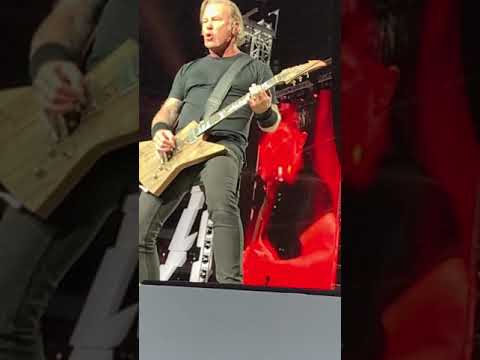I can currently hit album speed. As far specific mechanics, there’s not much there for me to share. I’m sorry that I’m unable to provide a video. The way I got there was the old-fashioned way. I’m new here and don’t know all of the terminology, so please excuse me if I don’t explain it well. All of my practice drills for this were time based with less emphasis on speed because that will naturally come (you’ll feel it). I found stamina to be the biggest issue with playing fast downstrokes. My routine was something like this:
- Set metronome to 80 BPM
- Play straight downstrokes palm-muted on the low E at one specific subdivision for 60 seconds with a 30 second break in between.
- The subdivisions were broken down as such: 1/8th notes; 1/8th note triplets; and 16th notes. As stated I played each one for 60 seconds
- I’d play a fourth “set” with all three mixed alternating from highest subdivision to lowest every 2 measures, also for 60 seconds.
- Once comfortable at the starting tempo, I’d jack it up by 10 BPM’s (I use the Tempo app on my phone. It has a built in timer as well as being an excellent metronome).
- I also use Anytune Pro and started to play along to Master of Puppets at half-speed in the beginning to gauge my progress. Over about two to three weeks, I was playing it at album speed using the method above. YMMV, but there’s no more gratifying feeling than the first time you play it at 100% speed.
As you pickup the tempo, you’ll automatically improve the economy with which you move your picking arm/forearm, etc… It’s a natural progression.
Note: You will feel tension and fatigue(not pain. Stop if you’re feeling it, without any exceptions. There should be no pain) in your picking forearm and that’s what you need to work through. With patient, methodic practice, you will get there





